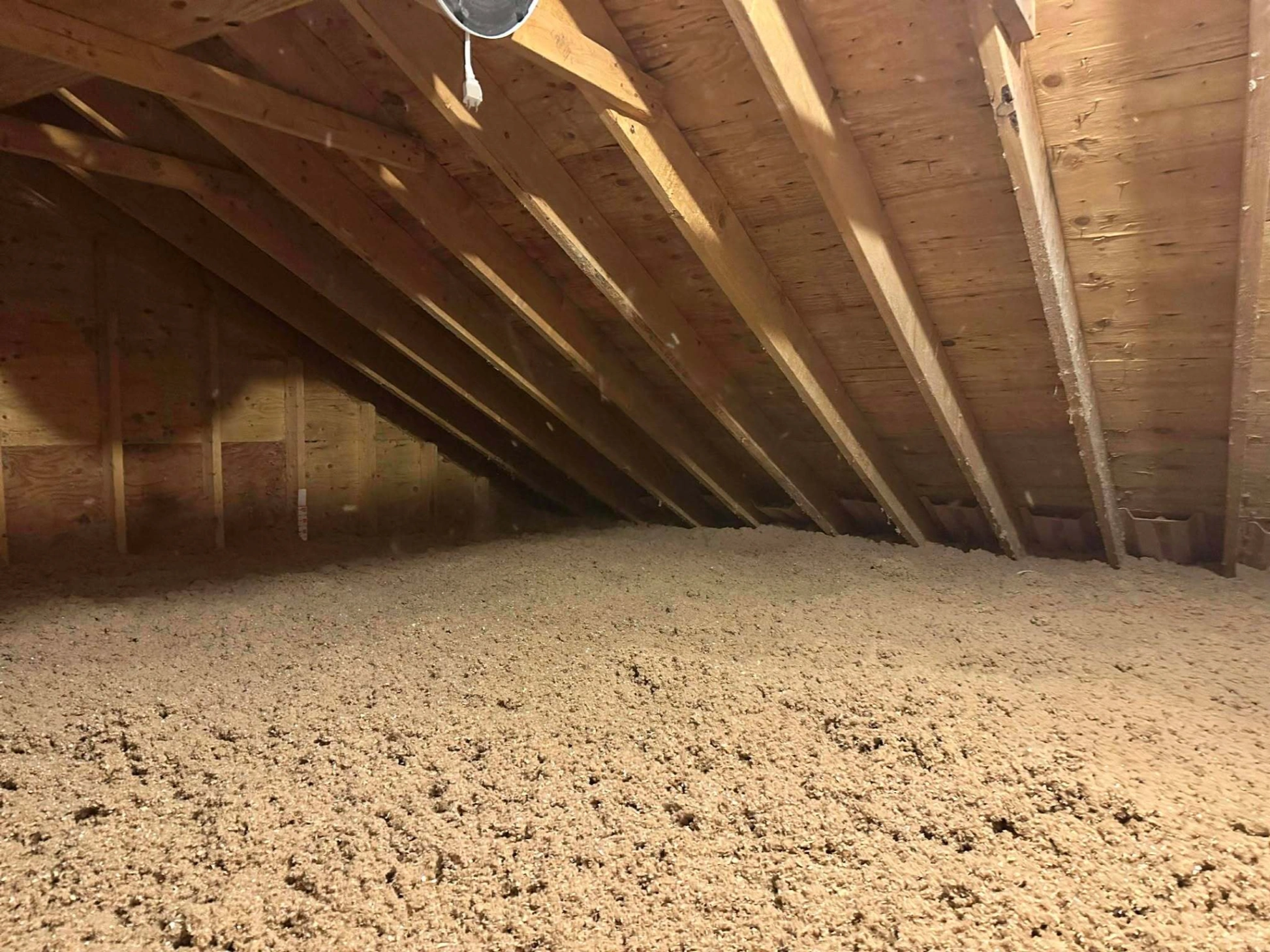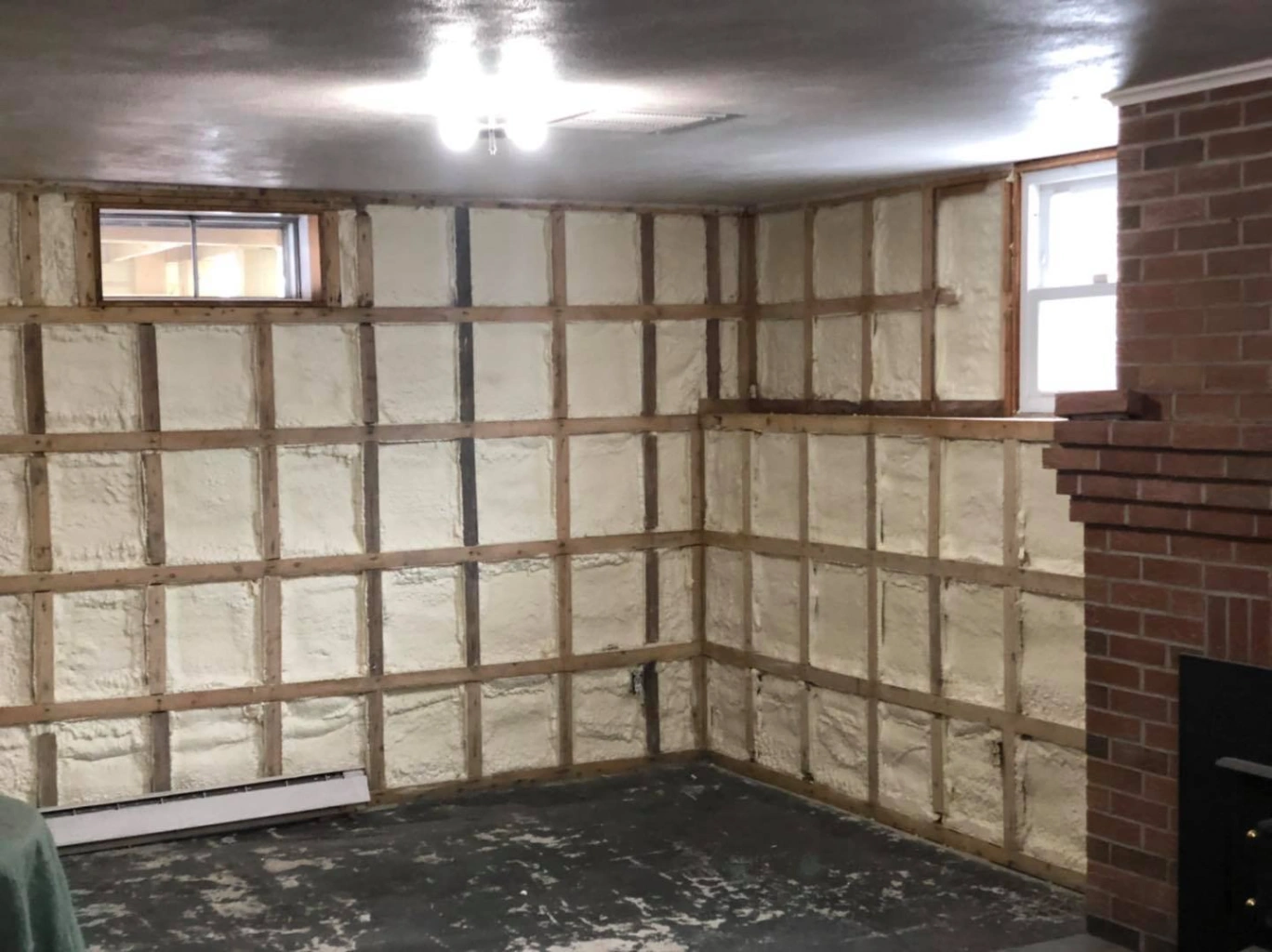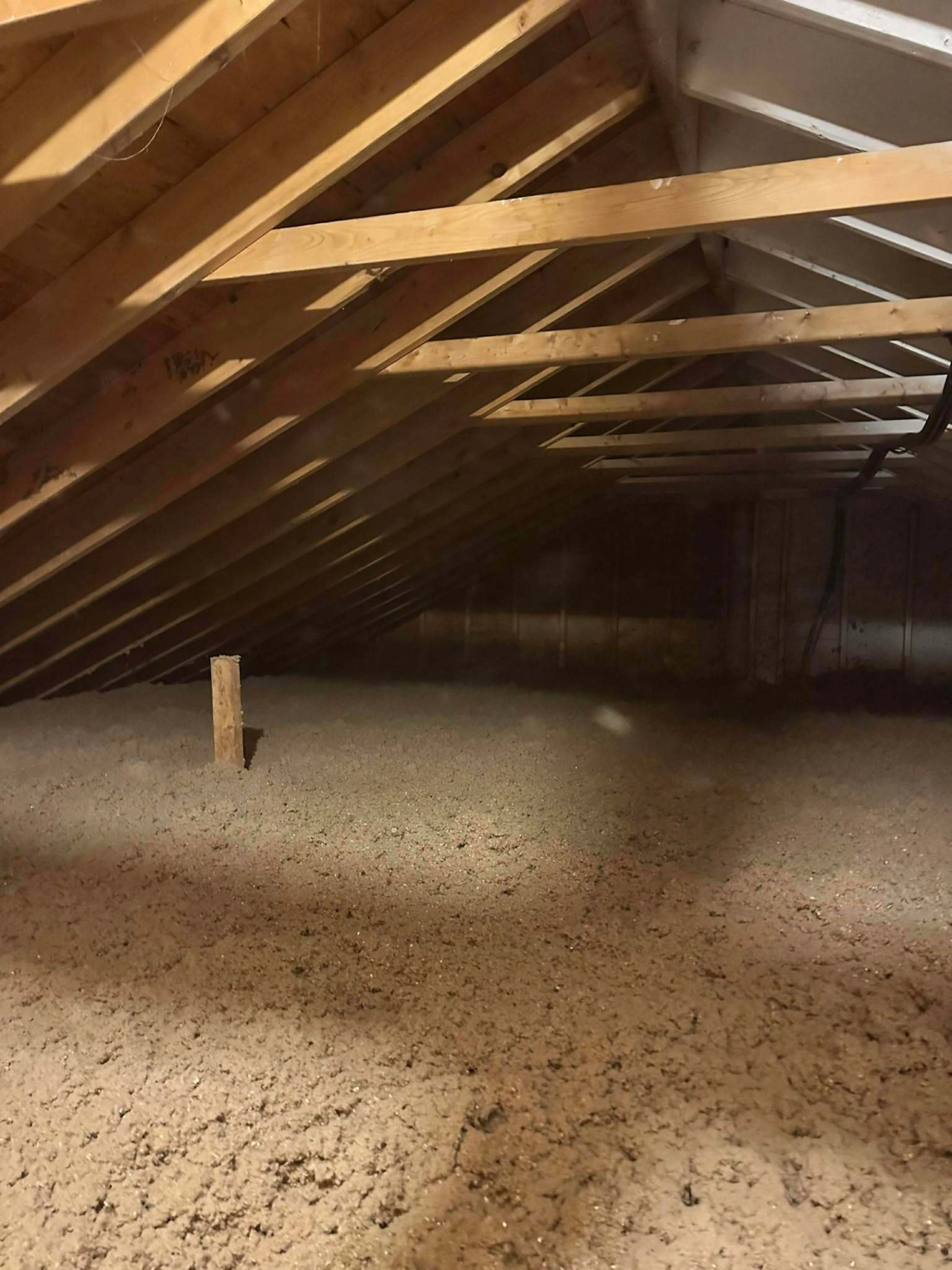
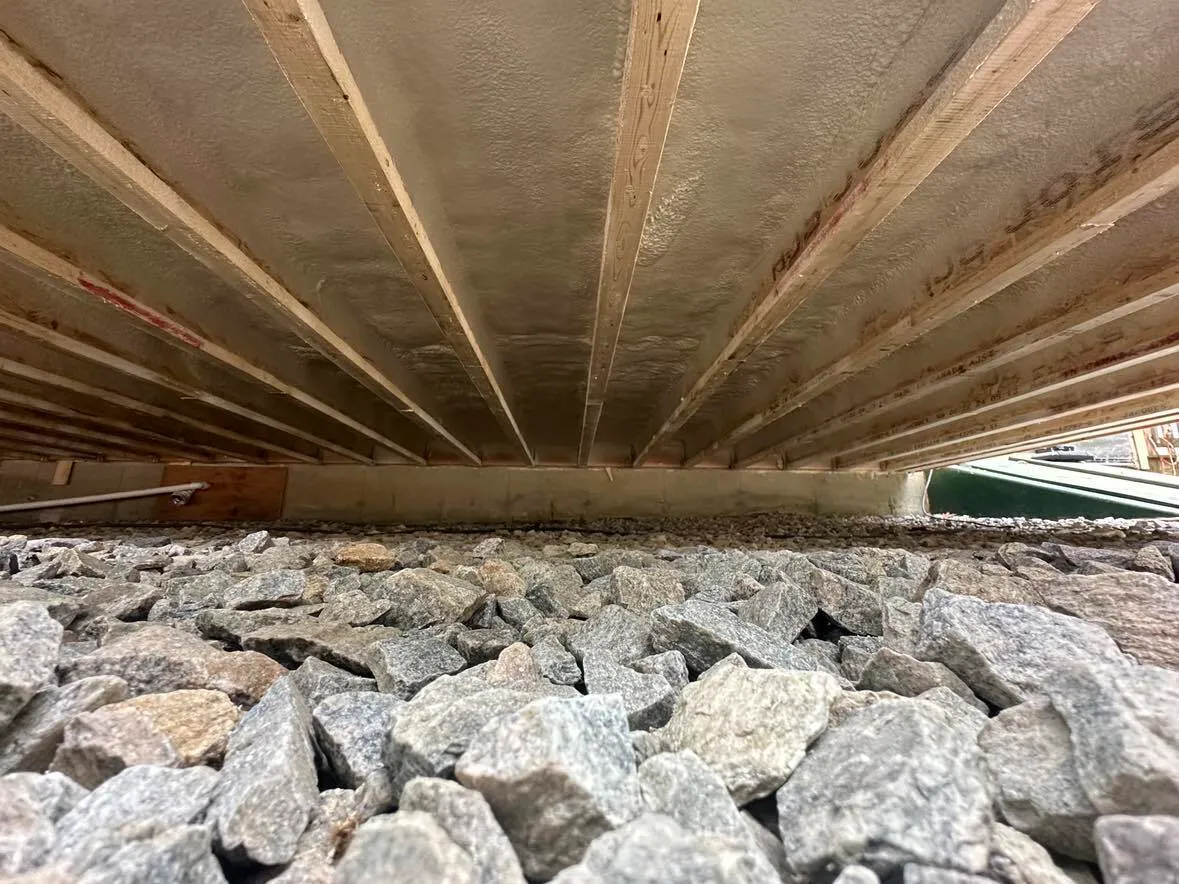
Effective insulation directly reduces the conditions that allow mold growth in homes across Leominster. By maintaining consistent indoor temperatures and controlling moisture migration, properly installed insulation stops condensation from forming inside walls, attics, and crawlspaces all common zones for mold development.
In a region like Leominster, where seasonal temperature swings and humid summers are typical, insulation plays a central role in moisture control. Without it, humid indoor air can meet cooler surfaces, creating a dew point that leads to dampness and, eventually, mold colonization. Based on on-site observations in older and newer Leominster homes, mold is most frequently found in under-insulated attics, rim joists, and exterior walls.
Lamothe Insulation & Contracting provides this information based on direct project data and real-world outcomes across Worcester County. The following sections explain the insulation-mold relationship and outline practical measures.
Mold thrives in environments with sustained moisture, warmth, and organic material. In residential construction, this typically occurs when moisture condenses inside walls or ceilings. That moisture often results from one of three preventable issues:
Insulation is not a standalone solution. Mold prevention requires correct ventilation and sealing as part of the full building envelope.
Leominster’s humid continental climate results in hot summers and cold winters. These extremes place strain on building materials and insulation systems in Leominster, MA. Mold issues tend to peak during spring thaw and late summer, when relative humidity is highest and ventilation is often reduced.
| Seasonal Risk Factors in Leominster | Impact on Insulation | Mold Risk Level |
|---|---|---|
| Summer humidity (June-August) | Elevated indoor moisture | High |
| Cold snaps (Dec-Feb) | Indoor/outdoor temperature gaps | Medium |
| Spring thaw (March-April) | Ice damming and attic moisture | High |
| Fall transition (Oct-Nov) | Delayed heating use | Medium |
Some insulation materials are more resistant to mold than others, either due to their closed-cell structure or inorganic composition. Selecting the right material can drastically reduce long-term moisture retention.
| Insulation Type | Water Resistance | Mold Resistance | Air Seal Capability | Best Use Cases |
|---|---|---|---|---|
| Closed-Cell Spray Foam | High | High | Full | Basement walls, rim joists |
| Open-Cell Spray Foam | Moderate | Moderate | Full | Attic slopes, partition walls |
| Mineral Wool | High | High | Partial | Exterior walls, fire-rated assemblies |
| Blown-in Cellulose | Low | Low (treated) | Limited | Attic floors (dry zones only) |
| Dense-Pack Cellulose | Moderate | Moderate | Moderate | Wall cavities (with vapor control) |
Use closed-cell spray foam in moisture-prone zones like basements or below-grade walls. Its vapor resistance adds a secondary moisture barrier.
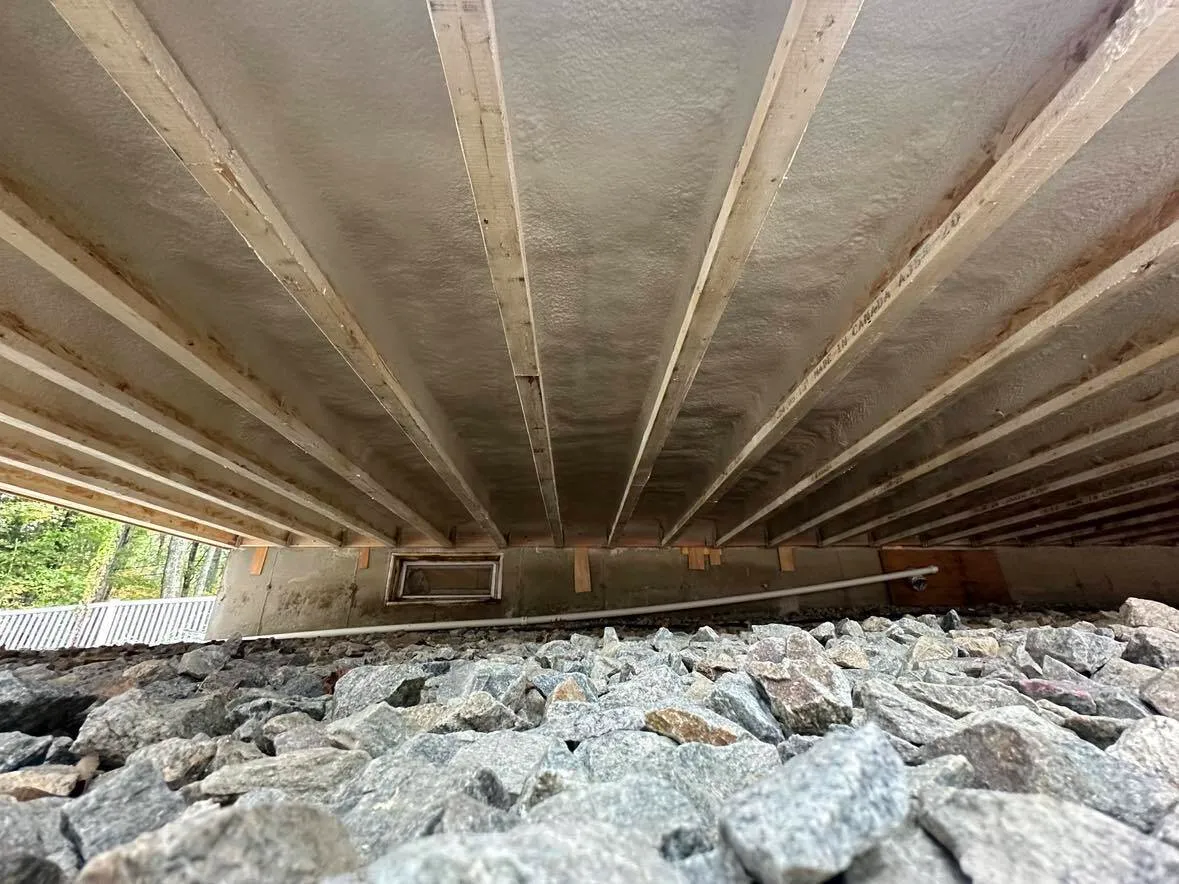
| Specification | Closed-Cell Spray Foam | Mineral Wool | Dense-Pack Cellulose |
|---|---|---|---|
| R-Value per Inch | 6.0-7.0 | 3.7-4.2 | 3.5-3.8 |
| Water Absorption Rate | < 1% | < 1% | 5-15% (treated) |
| Mold Growth Potential (ASTM C1338) | None observed | None observed | Slight under high humidity |
| Air Permeability | Impermeable | Semi-permeable | Semi-permeable |
| Vapor Retarder Class | Class II | Not applicable | Class III with vapor barrier |
Avoid cellulose insulation in any area with a history of roof leaks or plumbing failures unless moisture sources have been professionally remediated.
Look for condensation, musty smells, or visible mold near exterior walls, attics, or crawlspaces. Poorly installed or deteriorated insulation can trap moisture.
No. Mold must be fully remediated before installing new insulation. Otherwise, spores will continue to spread behind sealed walls.
Closed-cell spray foam can last 30+ years with minimal change in performance, making it one of the most durable options for mold resistance.
Closed-cell spray foam usually acts as its own vapor barrier. Open-cell foam may require additional vapor protection depending on application.
Lamothe Insulation & Contracting provides key services aligned with long-term mold prevention:
Quality insulation minimizes mold risks by keeping internal surfaces above dew point and limiting air exchange that carries humidity. Homes in Leominster face specific seasonal challenges, and the right insulation choices must reflect local weather and building practices. Choosing mold-resistant materials and combining them with proper sealing and ventilation addresses both present and future risks.
For questions or assessments related to mold prevention through insulation, contact Lamothe Insulation & Contracting at (508) 847-0119 or email [email protected]. Results across Leominster properties have shown how correct insulation can eliminate chronic moisture issues.
Use hygrometers and check indoor humidity levels regularly. Keep relative humidity under 60% to prevent mold.
Yes. Insulation without proper airflow can trap moisture. Ensure attics and crawlspaces are ventilated as needed.
It depends on the material used and the design. Some systems, like spray foam, should not be layered without evaluation.
Visual inspections every 1-2 years, especially after leaks or heavy storms, help catch early moisture problems.
Insulation like mineral wool and closed-cell foam tends to improve air quality when installed with air sealing, as it reduces dust and allergens from outside.

